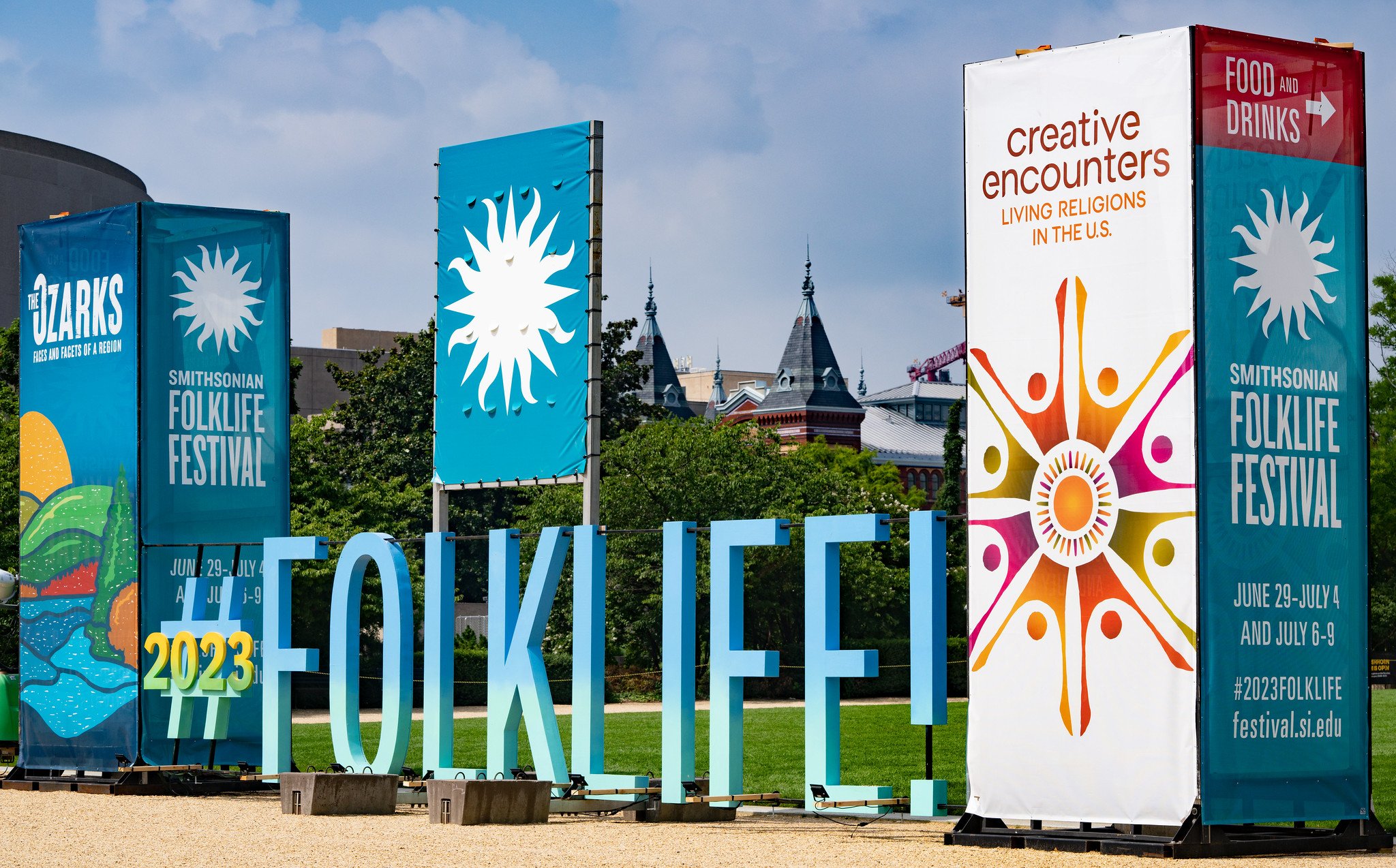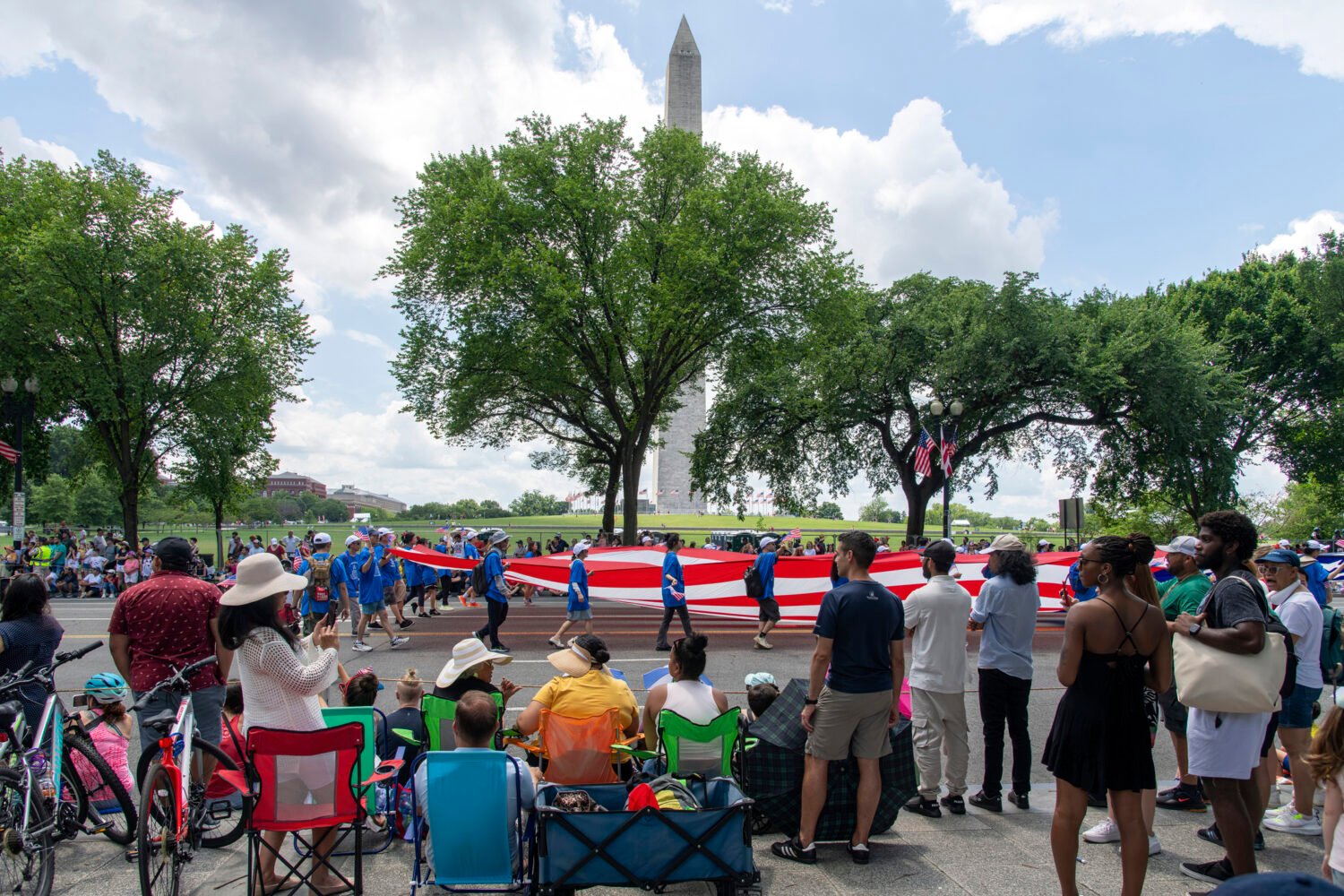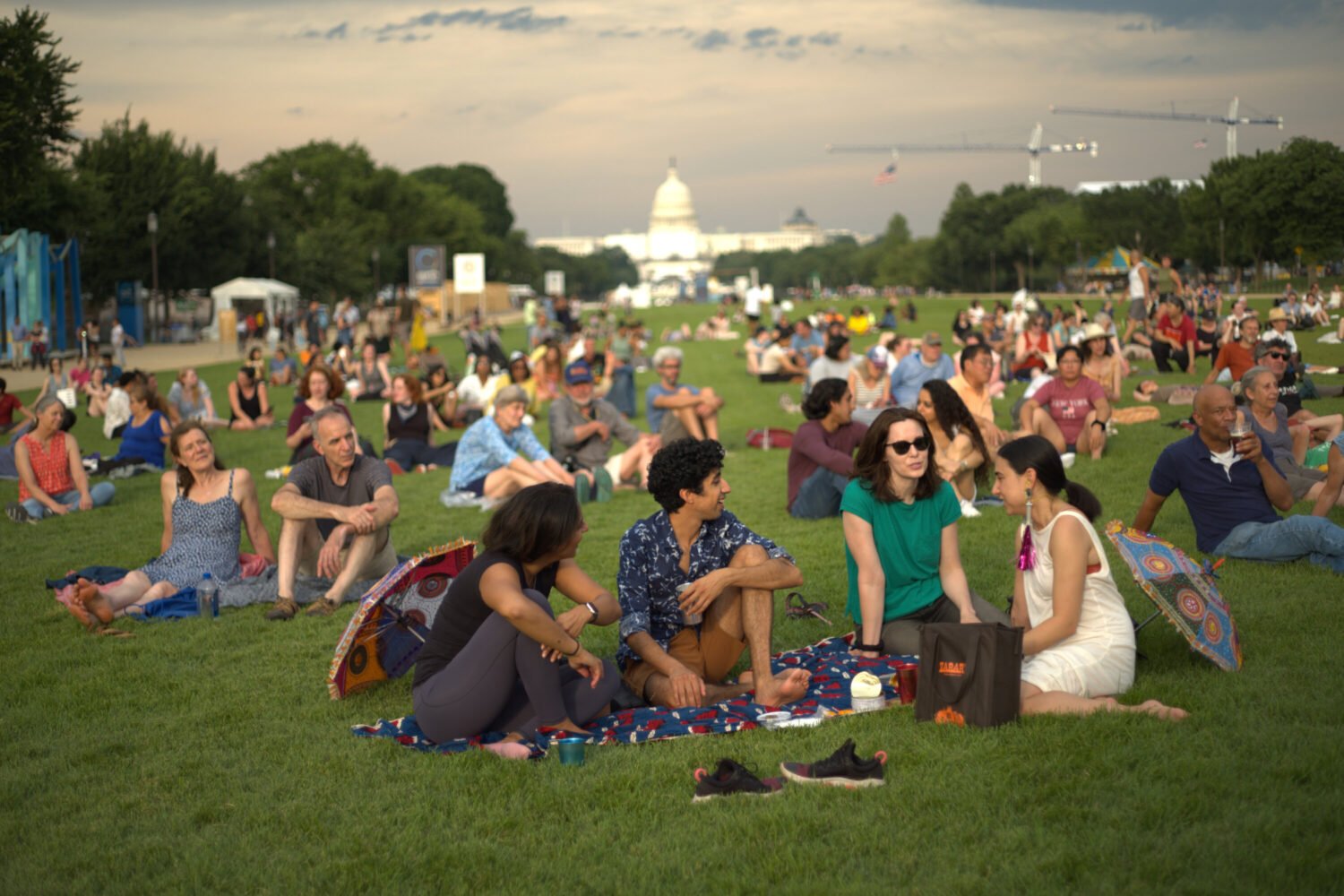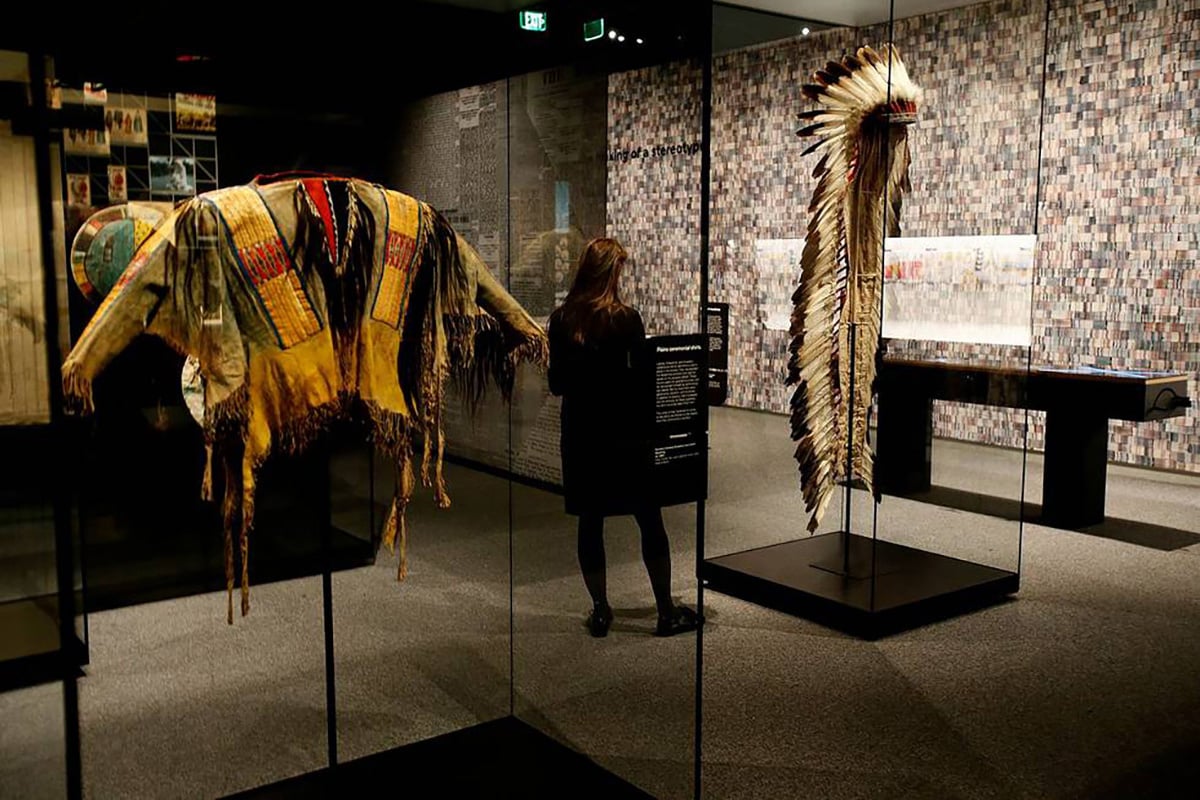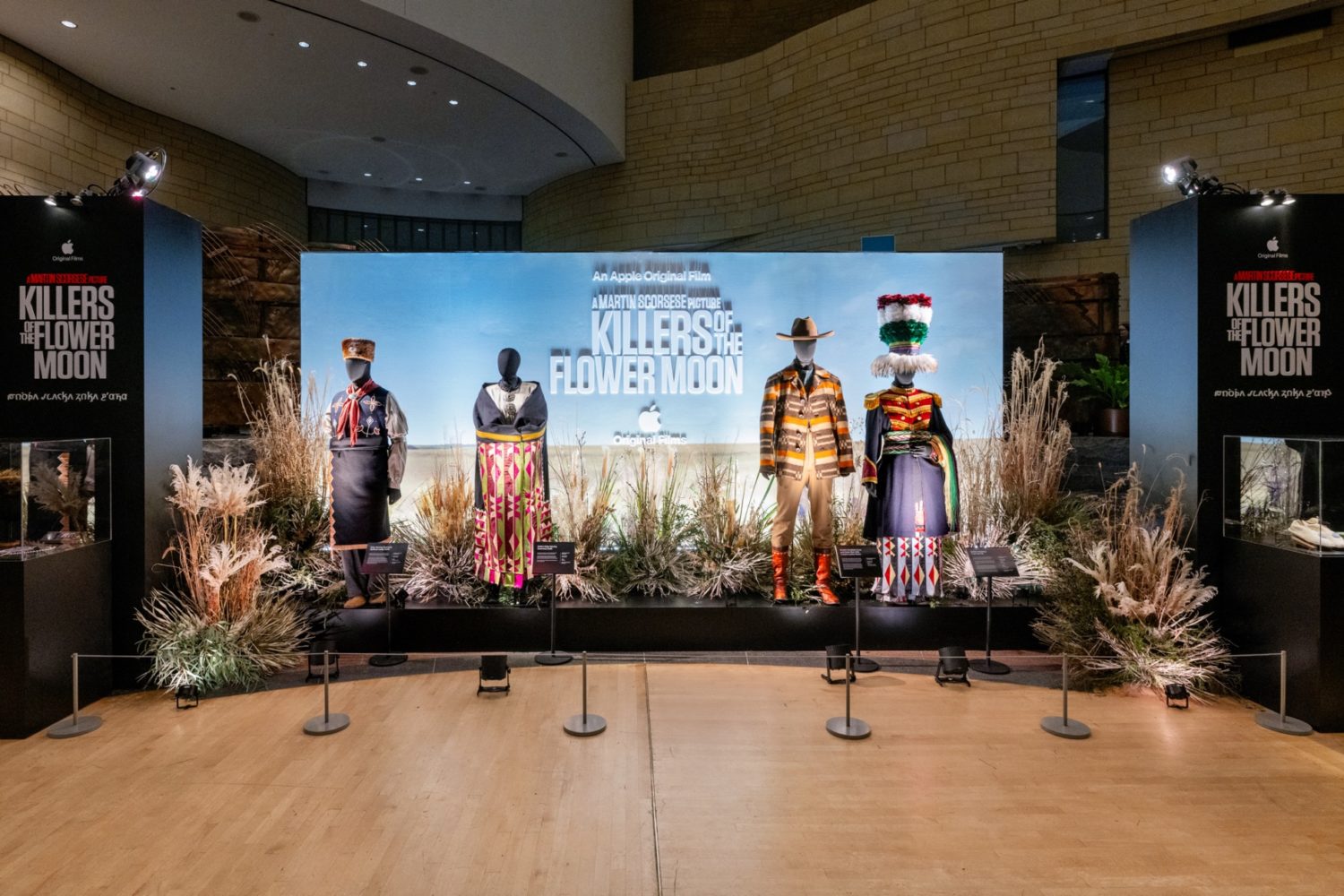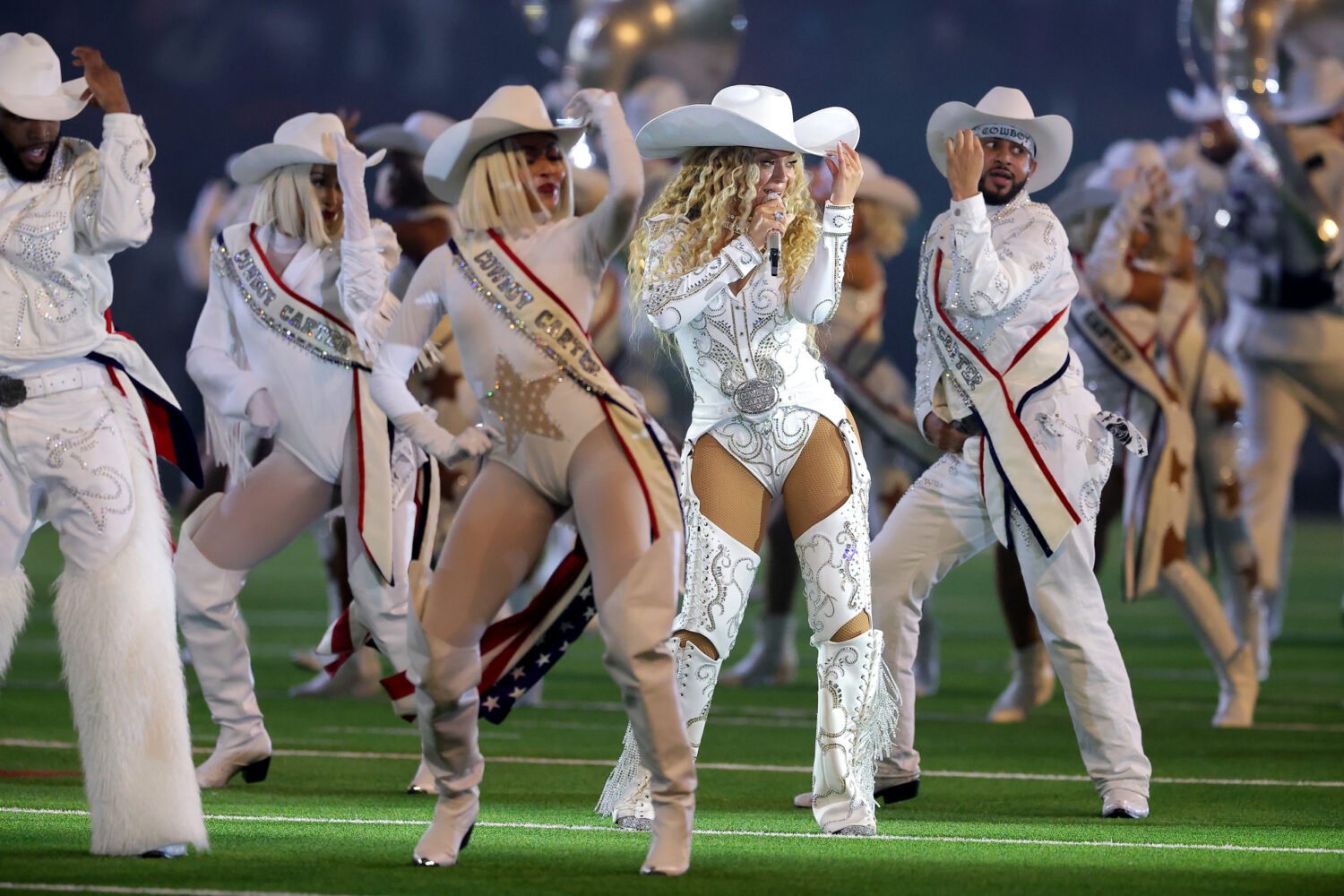Just on the heels of its popular Solstice Saturday, the Smithsonian is already prepping for its next big event: its annual Folklife Festival, set to start this Wednesday, June 26, and run through Monday, July 1.
A Smithsonian tradition since 1967, the free summertime fest transforms the National Mall into a buzzing hub of cultural exchange by featuring musicians, artists, storytellers, chefs, and athletes who come from all corners of the country and globe. To make it all happen, Smithsonian curators—like ethnomusicologist Cristina Diaz-Carrera—form connections with people keeping their cultural heritage alive, sometimes even traveling to their respective communities close and far, in the hopes of ultimately inviting them to the festival, which attracts hundreds of thousands of people.
Each year typically focuses on a particular theme, state, region, and/or country. Last year, for example, focused on The Ozarks region while also highlighting living religions within the US. This year’s theme will honor the National Museum of the American Indian, which celebrates its 20th anniversary this year, by placing “Indigenous Voices of the Americas” in the spotlight.
While the six-day festival’s schedule is packed with workshops, demonstrations, and performances, here are five programs we’re particularly excited for:
Try New Indigenous Dishes
Bridging food and identity, a lineup of celebrated Indigenous chefs—such as Cherokee chef Bradley Dry and Oaxacan chef Bricia Lopez—will be demonstrating how to prepare traditional recipes inside the festival’s Foodways tent (map here). Learn how to make corn fritters on Wednesday, fried wishi mushrooms on Friday, and kanuchi, a Cherokee soup made with pureed hickory nuts, on Monday with Chef Dry. Watch the plant-based Mesoamerican chef Claudia Serrato whip up raw cacao avocado pudding on Sunday and cacao amaranth protein bars on Monday. Or attend a “happy half hour,” during which Serrato will prepare her signature cocktail, a maize-infused tequila and cacao elixir, on Sunday as well as chica de cacao, a slightly alcoholic drink made of fermented cacao bean pulp, on Monday.
Oglala Lakota Sioux chef Sean Sherman, author of the James Beard Award-winning cookbook The Sioux Chef’s Indigenous Kitchen, will also be inside the American Indian museum where he’ll be signing books on Friday and talking about the revitalization of Indigenous foods on Friday and Saturday.
You can also buy prepared dishes inspired by the American Southwest, Mesoamerica, and Peru—sweet corn gelato served with Tajín spice—inside one of the festival’s concessions tents and cafes. Or stop by the American Indian Museum’s Mitsitam Native Foods Cafe for their menu of Native-inspired foods.
Attend a Powwow
If you’ve never experienced the electric joy of a powwow, this is your chance. Throughout the festival, Native Pride Productions, an intertribal dance troupe, will put on a high-energy performance that blends modern and traditional Native American dance. Dressed in colorful and elaborate regalia and representing several nations—including Chickasaw, Choctaw, Dakota, Meskwaki, Navajo, Ojibwe, and Pueblo—the dancers will also share the meaning and cultural history behind powwows during a Q&A on Saturday. See them perform on the festival’s Four Directions Stage on Wednesday, Friday, and Saturday, and inside the museum’s Potomac atrium on Thursday, Sunday, and Monday.
Discover the History of Lacrosse
Did you know that lacrosse is one of the oldest organized sports in North America? Its origins can be traced back to the 12th century when it was played by the Haudenosaunee in what is now New York. Learn more about the sport’s Indigenous origins and pick up some basic skills with Haudenosaunee athletes and coaches from 11-11:30 AM and 2 to 2:30 PM at the games stage each day of the festival. Experienced players can even pick up some more advanced skills during a workshop with coaches Hawhenawdies-Neal Powless, Shakowi Schenandoah, Ed Shenandoah, and Gaho Shenandoah on Sunday at noon.
Learn the Art of Hula and Oli
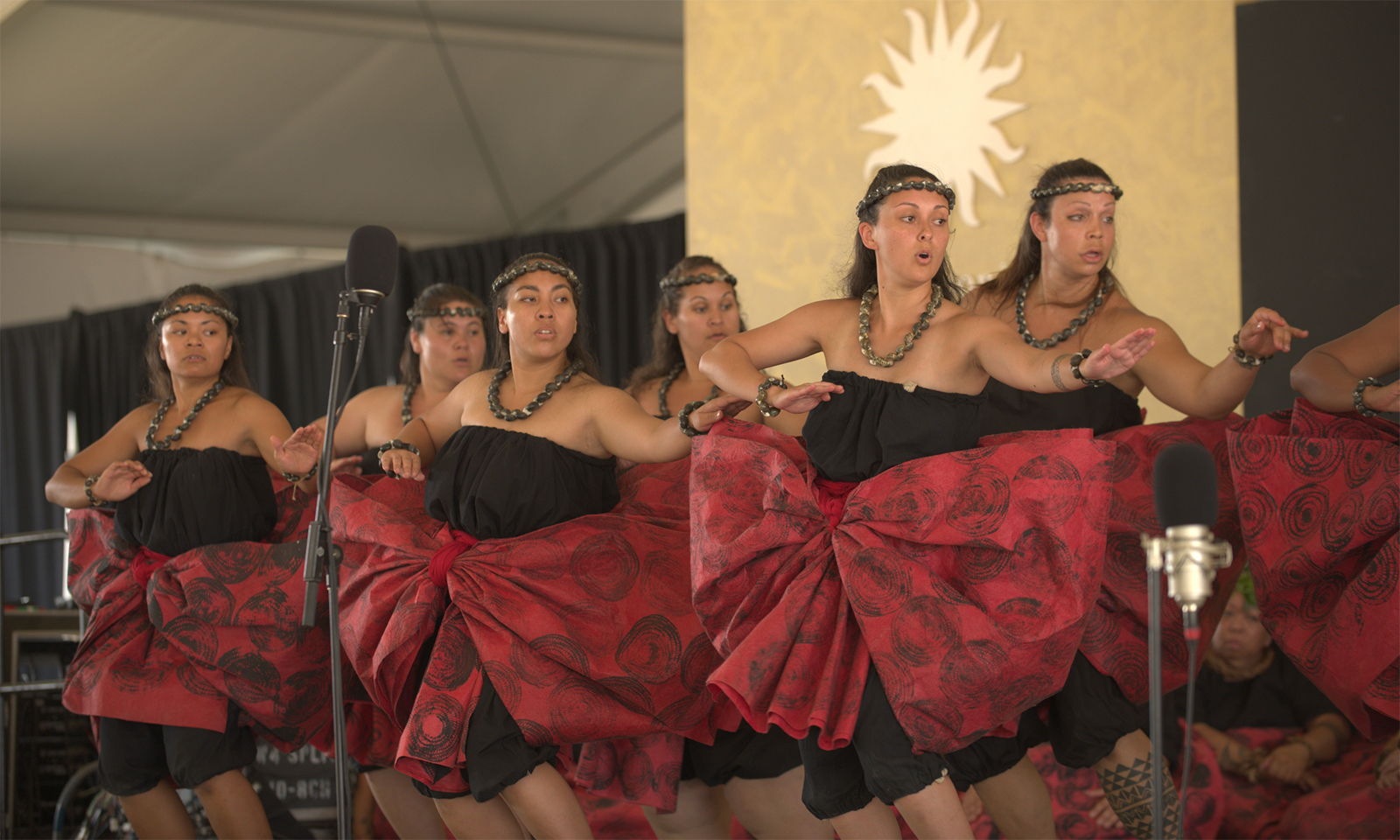
Hālau o Kekuhi, a classical Hawaiian dance company based in the state, will perform and teach the art of hula dancing and oli chanting throughout the festival, beginning with a special performance inside the museum’s Potomac atrium on Wednesday and concluding with a special ceremony celebrating Kānepō, a volcanic stone from Hawaii that was loaned to the Smithsonian 20 years ago, as it prepares for its journey home to the island on Monday. The dance group will also perform on Friday, Saturday, and Sunday, along with various workshops, including one on hula and Kihei stamping on Saturday and one on oli (chanting) on Wednesday and Friday.
Stay for a Good Story
“This story happened a long time ago, back when the Great Turtle Island was new…” That’s how beloved educator Perry Ground of Talking Turtle Stories often begins his animated narratives of the Haudenosaunee people. A teller of traditional tales for more than 25 years, Ground will perform inside the museum’s amphitheater each day of the festival. He’s one of many storytellers who’ll be sharing stories and histories that have been passed down through generations via the strong oral tradition that exists in many Indigenous cultures. Robert Lewis, named a “Cherokee National Treasure” for storytelling; Amy Bruton Bluemel, a Chickasaw storyteller; and Gene Tagaban/Guuy Yaau, a Tlingit storyteller, will also share traditional tales inside either the museum’s amphitheater or Potomac atrium each day of the festival.

